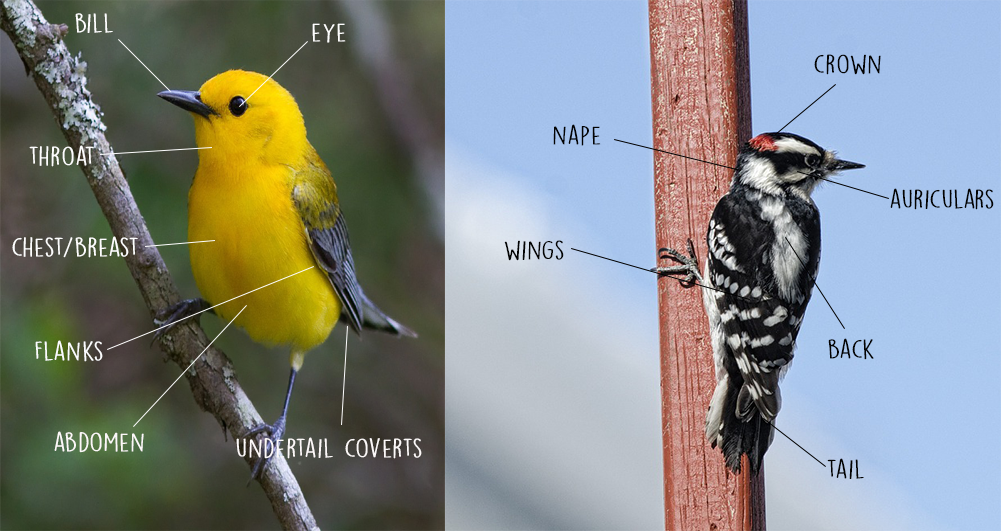Offer
Provide additional details about the offer you're running.
Provide additional details about the offer you're running.
Provide additional details about the offer you're running.

Let’s face it; fall birding can be a challenge. Everything around us is changing; our summer flowers and plants are beginning to prepare for colder weather and the leaves are changing to their beautiful fall foliage and are descending to the ground below.
Much the same as the physical environment around us, our backyard birds are undergoing changes as well. Stunning plumes and distinctive feathers often found in the spring and summer months are long gone and the overall appearance of many birds has transitioned to a dull colouring, aiding them in blending in with the autumn colours sprouting up all around us.
For birders, this can present a welcomed challenge as we take to the field before the last migrants leave, as we aim to identify what species are still present as well as those who might be passing through on their way south.
Much the same as any other time of year, a keen birder will have a developed understanding of the key field markings on a variety of species, or in the very least, be able to identify a bird by its shape or taxonomy.
Key Markings
With a good set of binoculars and an endless amount of time to view your subject, it would be seemingly easy to identify any bird. That being said, those perfect conditions are often quite rare, leaving us with a short window of time to make a distinct observation.
The overall shape of the bird is usually your best cue to identifying, in the very least, what group of birds your subject belongs to such as waterfowl, gulls, hummingbirds, woodpeckers and so on. Aside from that, you will want to have a good look at the bill of the bird, noting the length, thickness, and colouring.
The eyes are another vital area at this time of year when plumage can be difficult to decipher. In addition to the eye itself, many birds will still sport, albeit, faint markings such as eye lines or rings and a slight colouring in the auriculars which can, in certain species, be a dead giveaway.
Finally, with time on your side, you will want to take note of the wings and back of the bird. Again, many will be without their traditional colours, but will still have faint markings such as spots and streaks which will aid in identification.
Use these tips, the above image for reference and always be sure to carry a trusty field guide, which often includes pictures of birds in various times of the year. Utilizing all these tools with a little research beforehand will ensure a pleasurable fall birding experience.
High Quality Blend